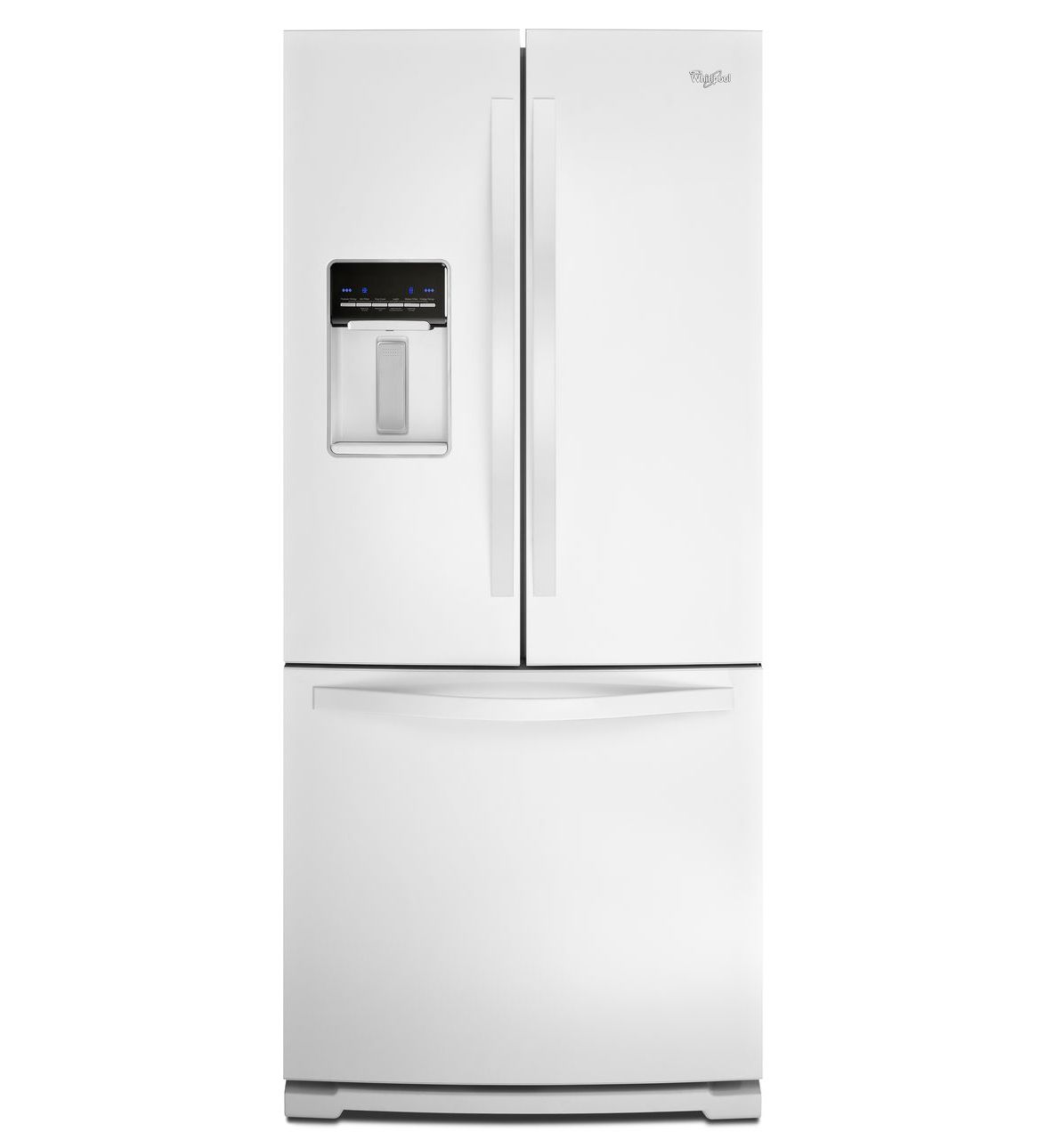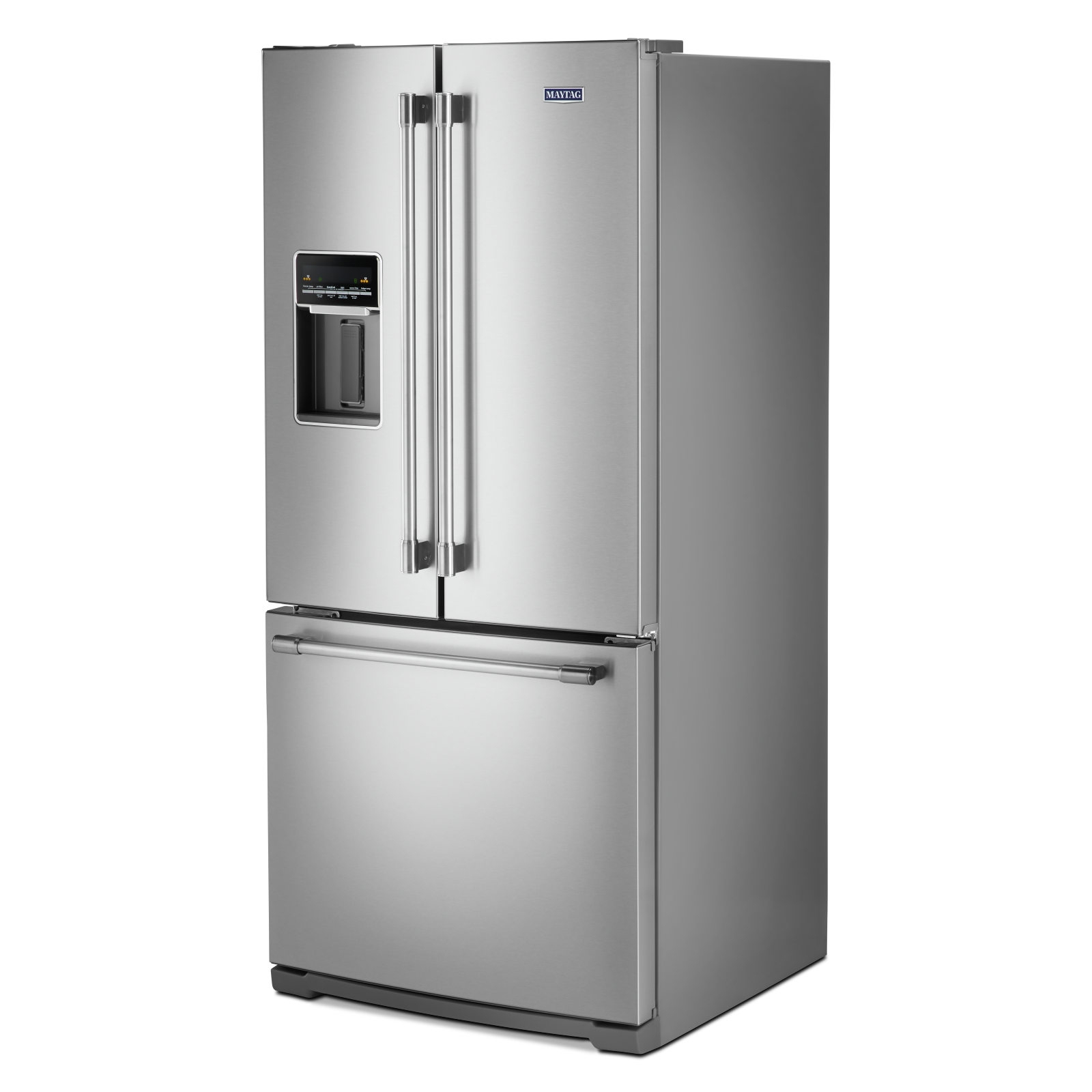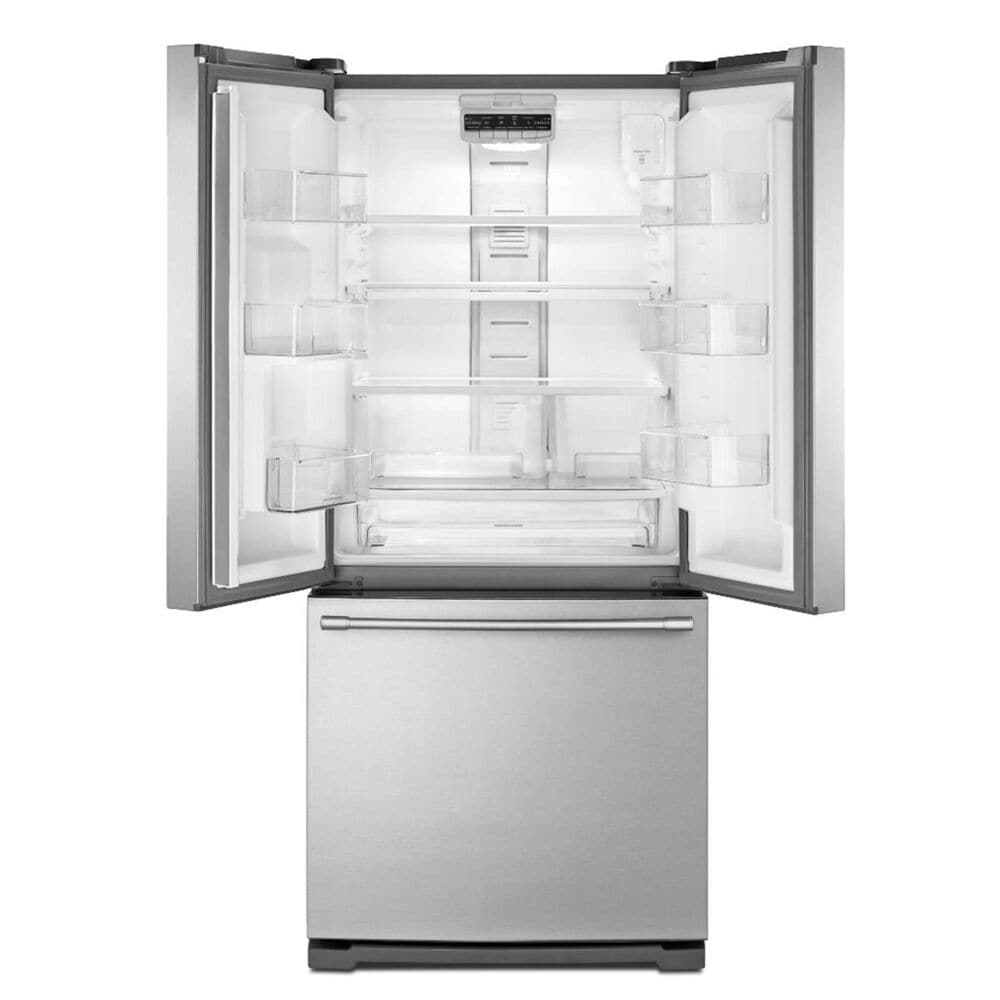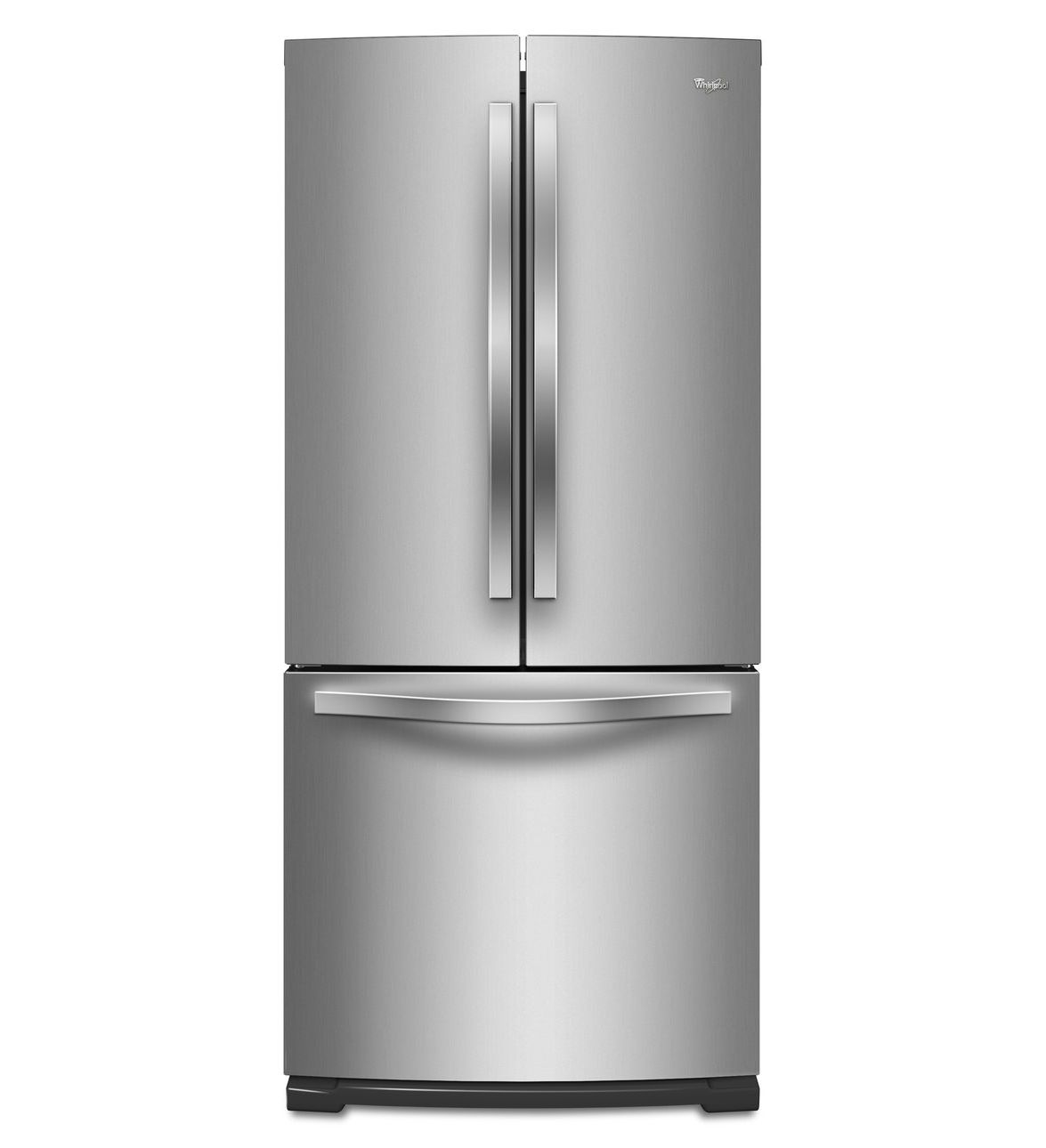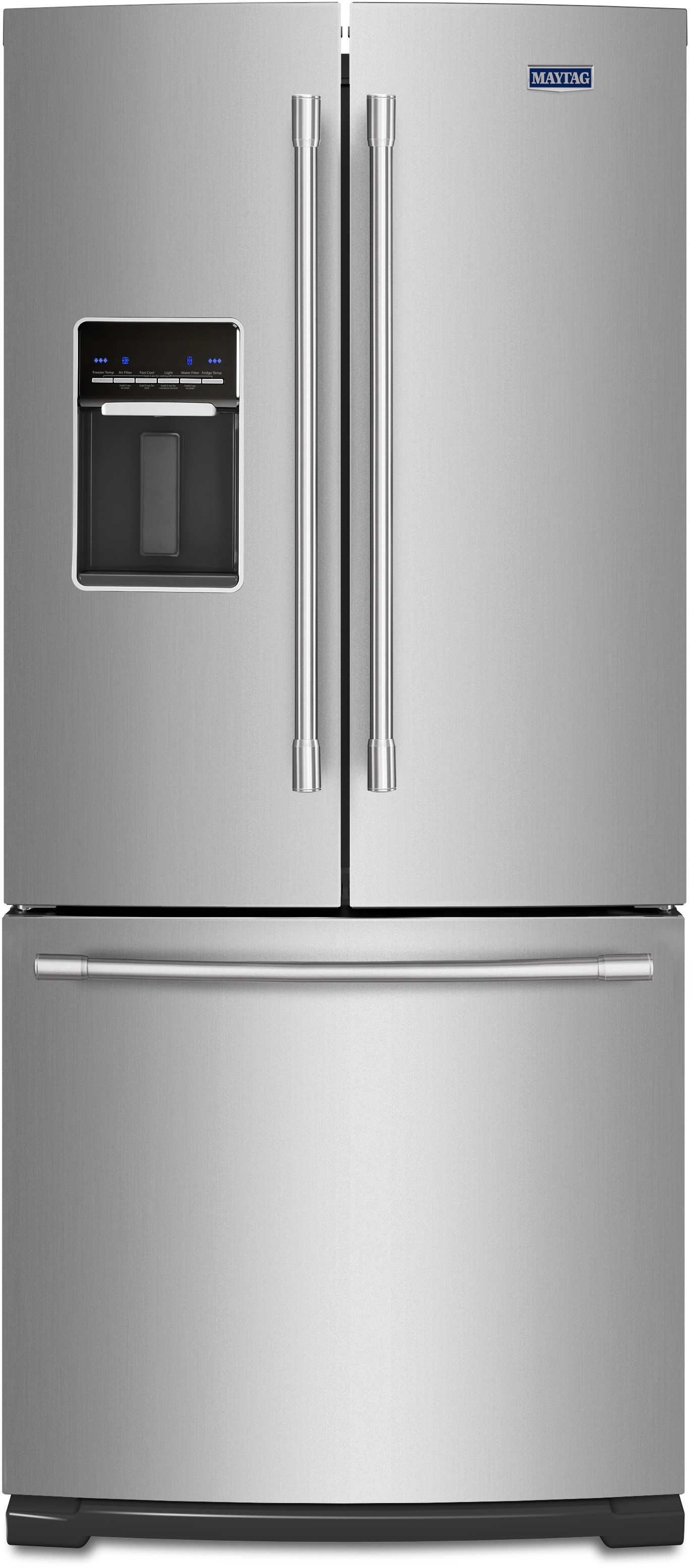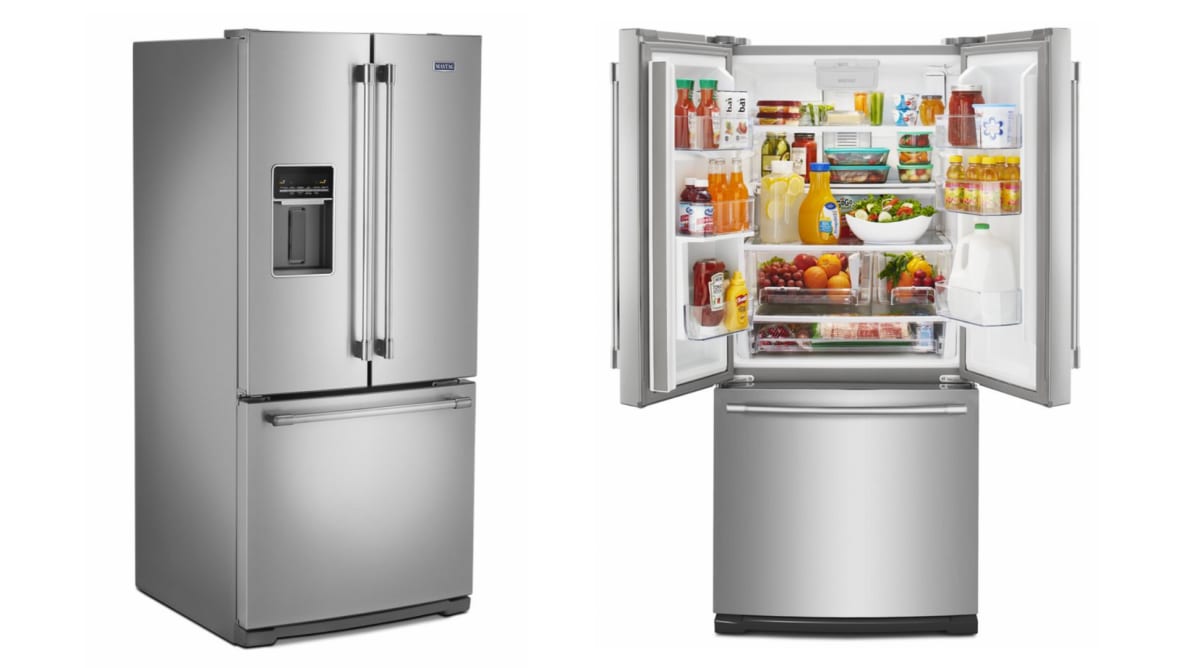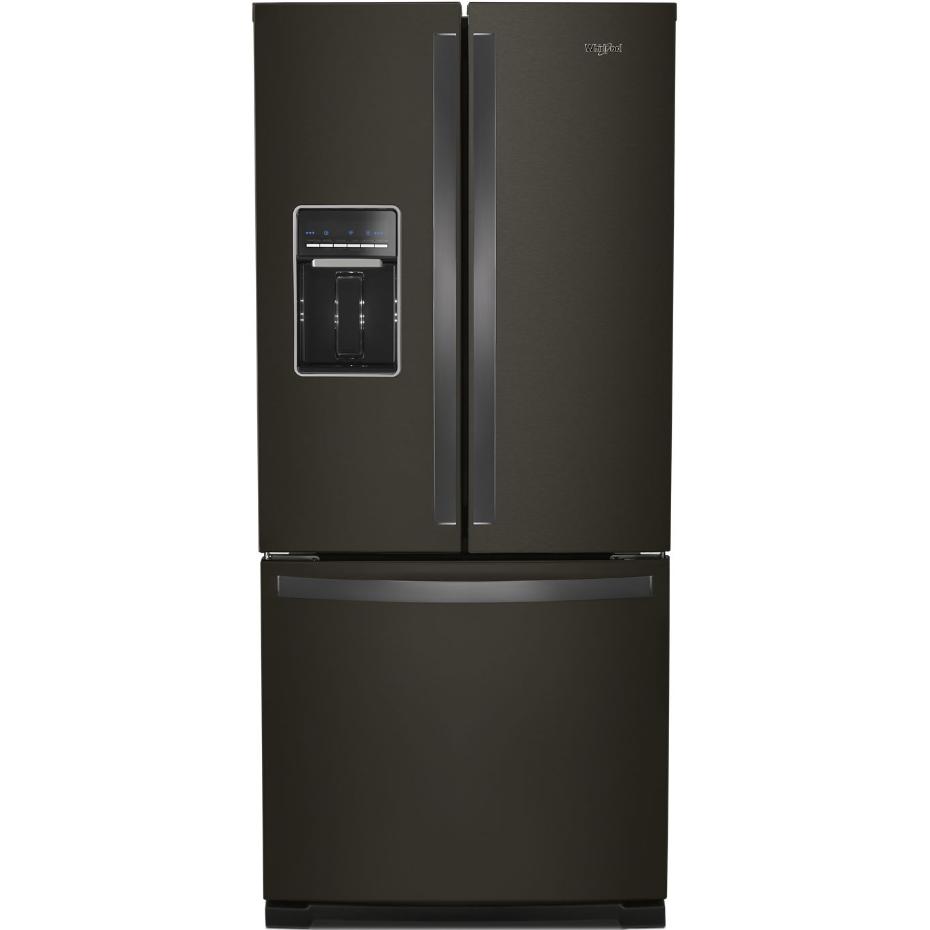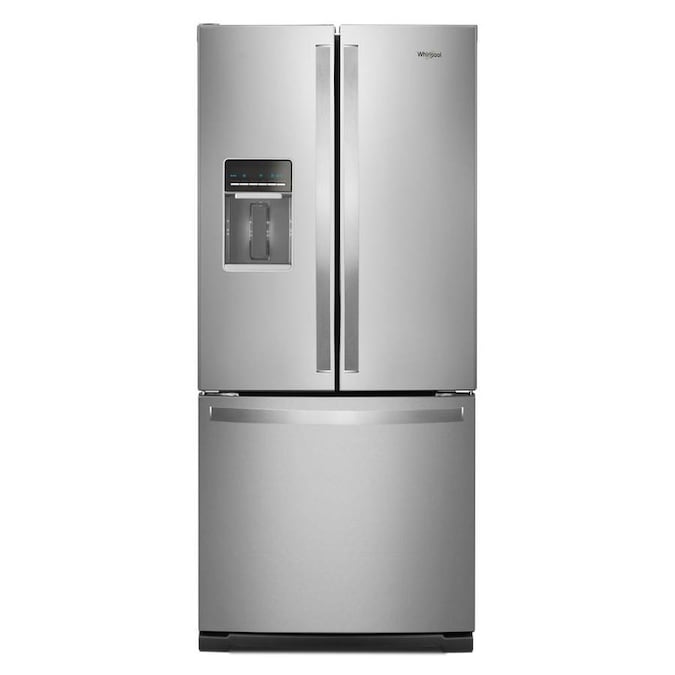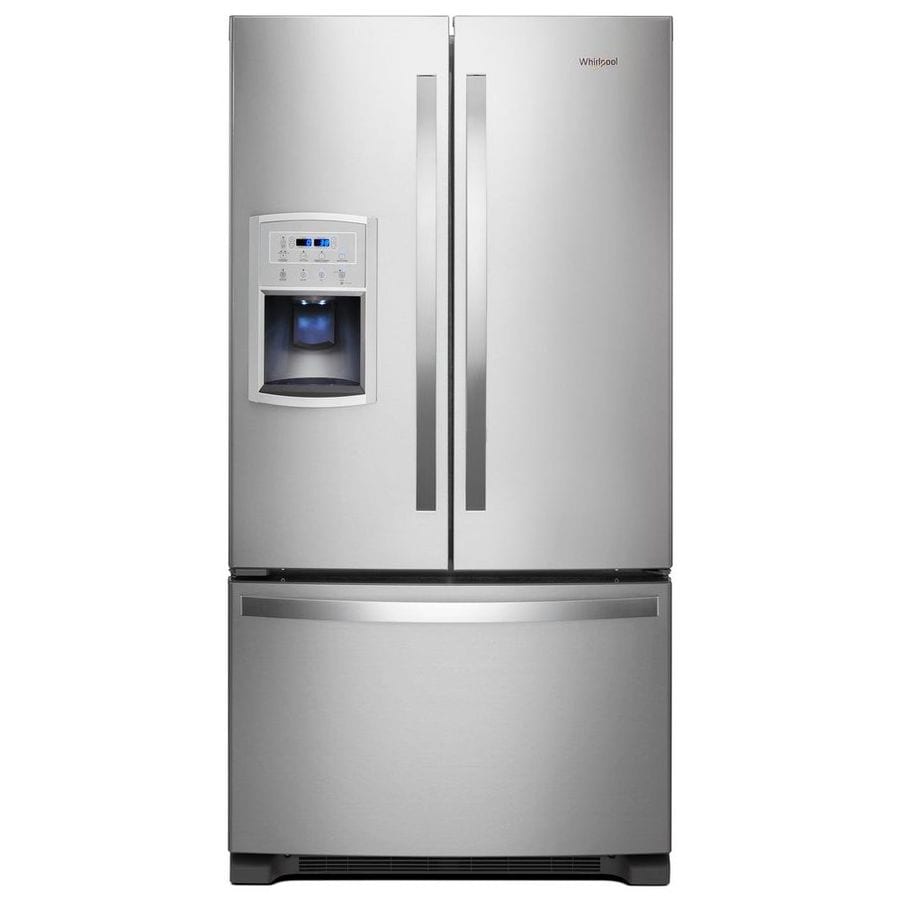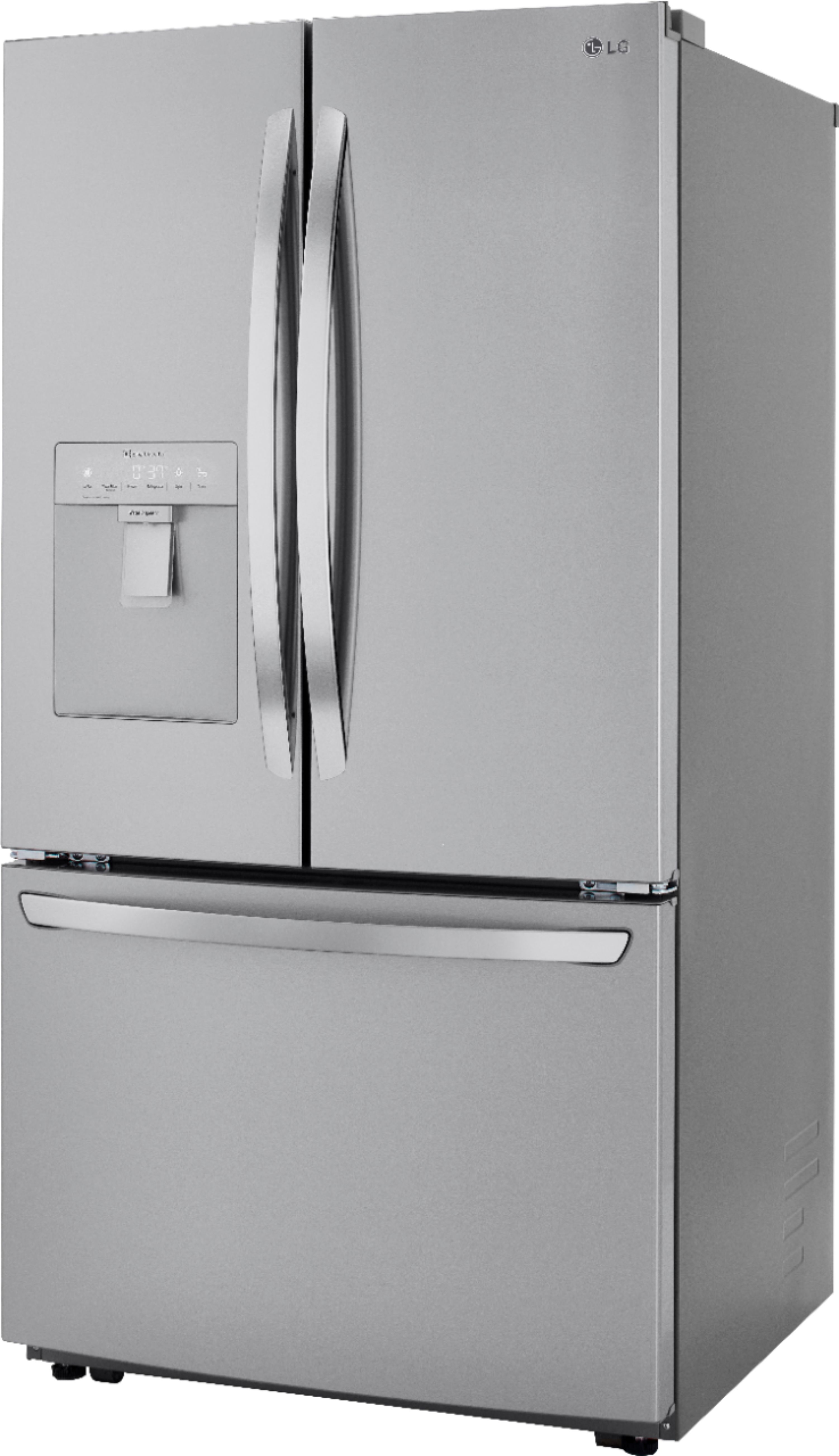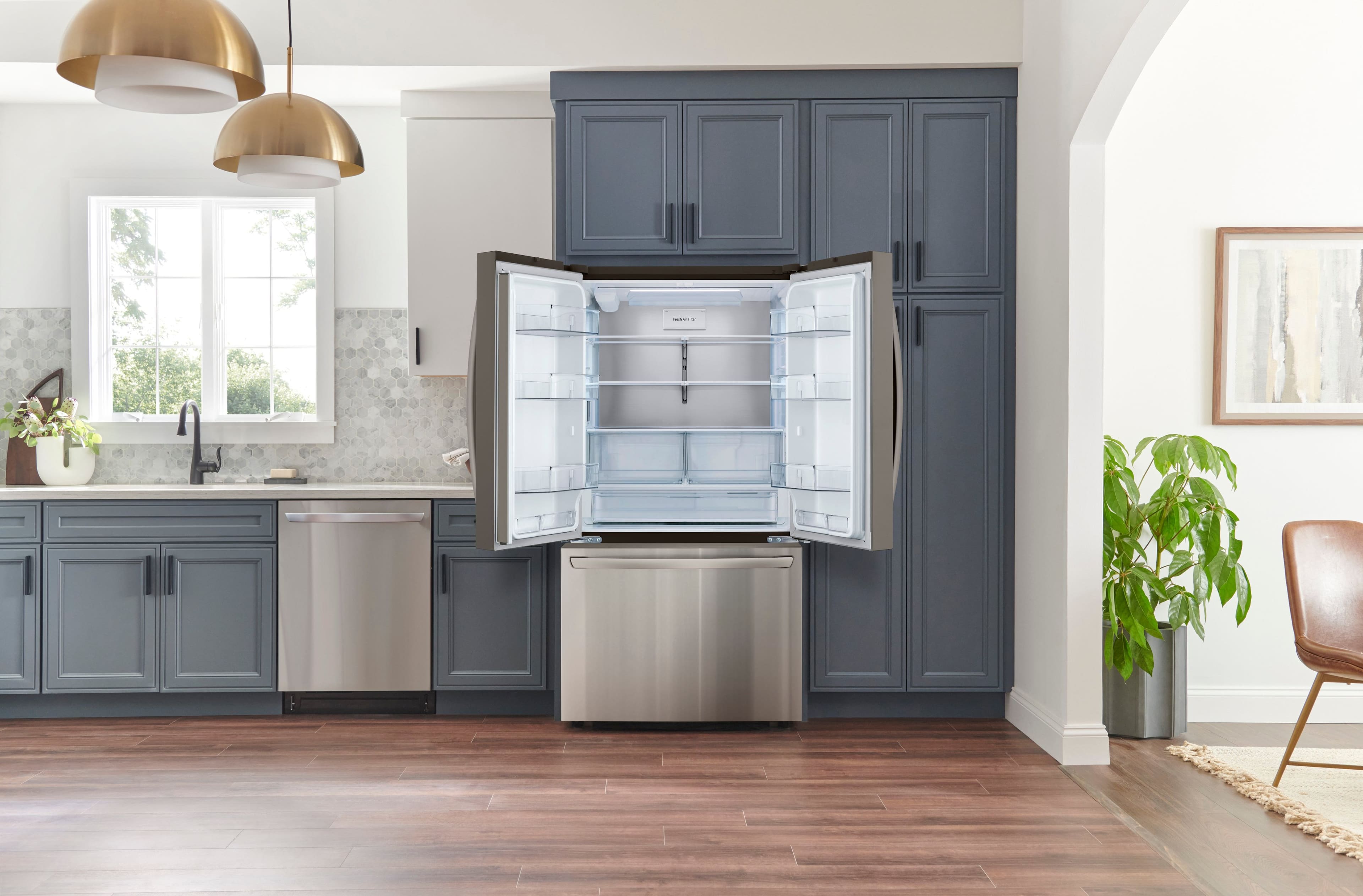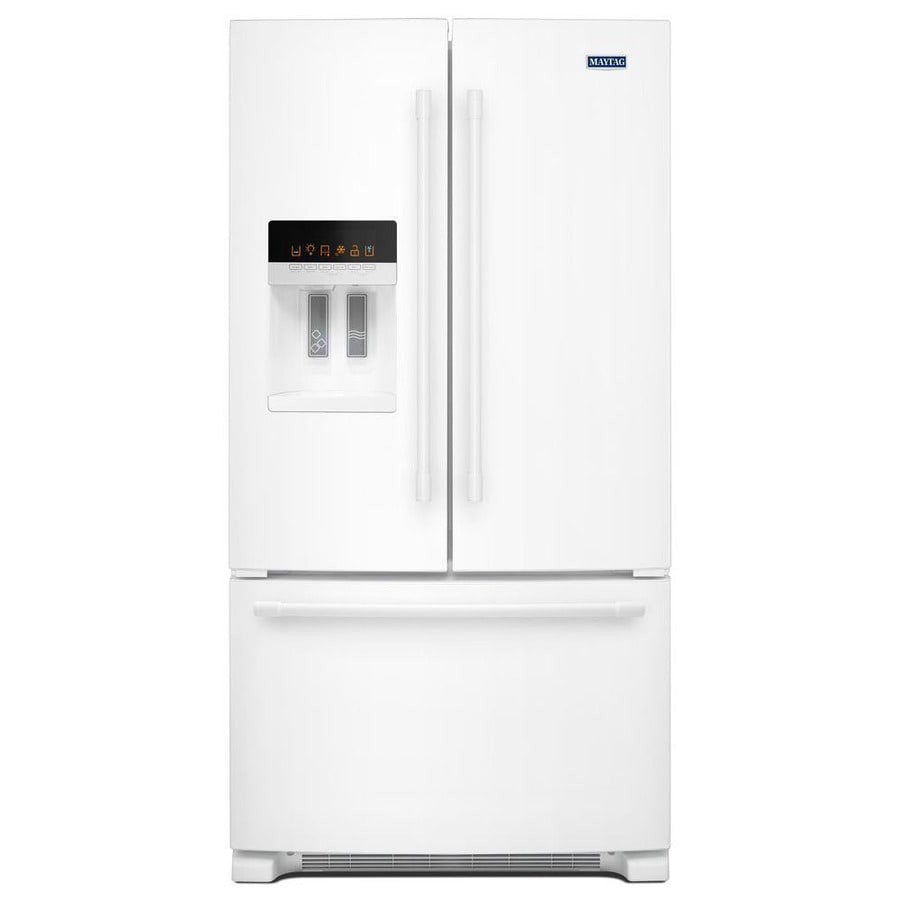30 Inch Wide Refrigerator With Water And Ice Dispenser
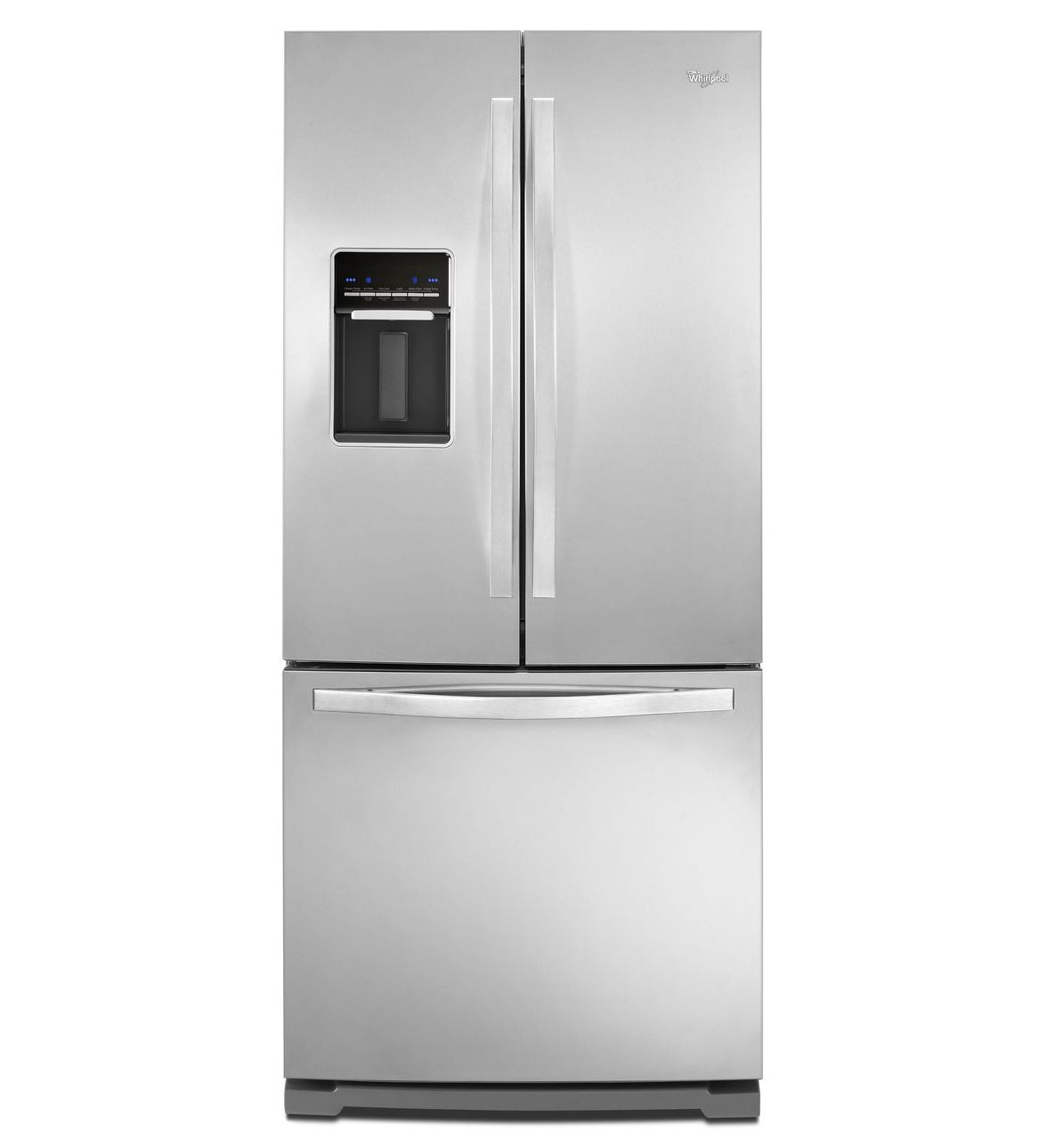
The modern kitchen, often a battleground between space constraints and the desire for high-end appliances, faces a growing demand: a 30-inch wide refrigerator with a water and ice dispenser. This seemingly simple request highlights a complex interplay of evolving consumer preferences, shrinking urban living spaces, and manufacturer innovation.
At the heart of this demand lies the need for functionality without sacrificing precious square footage. The core issue is balancing the convenience of having chilled water and ice readily available with the reality that many homes, especially in urban areas, simply don't have the room for standard-sized refrigerators. This article delves into the factors driving this demand, explores the current market offerings, examines the technological challenges in miniaturizing such features, and looks at the potential future of compact refrigeration.
The Space Crunch: Why 30 Inches Matters
The trend toward smaller living spaces is undeniable, particularly in densely populated urban centers. Apartment sizes are shrinking, and even new construction often prioritizes maximizing the number of units over individual unit size. This has forced consumers to rethink their appliance choices.
A standard refrigerator can easily exceed 36 inches in width, consuming a significant portion of valuable kitchen real estate. A 30-inch model, on the other hand, offers a compromise, providing sufficient storage while leaving room for other essential appliances and counter space.
Demand Drivers: Convenience and Modern Living
Beyond spatial considerations, the desire for convenience plays a crucial role. Water and ice dispensers have become increasingly commonplace, offering instant access to chilled water and ice without the need for pitchers or ice trays. For many, it’s a quality-of-life improvement they are unwilling to relinquish.
This desire is further fueled by marketing and social trends. Advertisements consistently showcase refrigerators with these features, creating a perception of modern, sophisticated living. The increased awareness about hydration and healthy lifestyles also contributes to the demand for easy access to chilled water.
Current Market Offerings: A Limited Selection
While the demand exists, the market for 30-inch wide refrigerators with water and ice dispensers remains relatively limited. Several manufacturers offer models in this size range, but the selection is significantly smaller compared to standard-sized refrigerators.
Brands like Whirlpool, Samsung, and LG have models available, but consumers often face a trade-off between features and price. Models with water and ice dispensers tend to be more expensive than their standard counterparts and may lack some of the advanced features found in larger refrigerators.
"The challenge is engineering a system that can efficiently chill water and produce ice within the confined space of a 30-inch refrigerator," explains Dr. Emily Carter, a lead engineer at a major appliance manufacturer.
Technological Hurdles: Miniaturization and Efficiency
Designing a water and ice dispenser system for a smaller refrigerator presents significant technological challenges. The space available for the water reservoir, ice maker, and dispensing mechanisms is drastically reduced, requiring innovative engineering solutions.
One of the key challenges is maintaining energy efficiency. Water and ice dispensers consume energy, and minimizing this consumption in a smaller refrigerator is crucial to meeting energy efficiency standards and consumer expectations. Furthermore, noise reduction is paramount. Miniaturized components often generate more noise, which can be a significant drawback for consumers.
The Future of Compact Refrigeration
The future of 30-inch refrigerators with water and ice dispensers looks promising, with manufacturers continually pushing the boundaries of innovation. Advancements in miniaturization, improved insulation materials, and more efficient cooling technologies are paving the way for more advanced and feature-rich models.
Furthermore, the integration of smart home technology is likely to play a significant role. Features such as smart ice makers that adjust ice production based on consumption patterns and water filtration systems with automated filter replacement reminders are becoming increasingly common.
As urban living continues to evolve, the demand for compact, feature-rich appliances will only intensify. Manufacturers that can successfully navigate the technological challenges and offer innovative solutions will be well-positioned to capture a significant share of this growing market. The evolution of the 30-inch refrigerator with water and ice dispenser is a microcosm of the broader trend towards smaller, smarter, and more efficient appliances designed for modern living.
